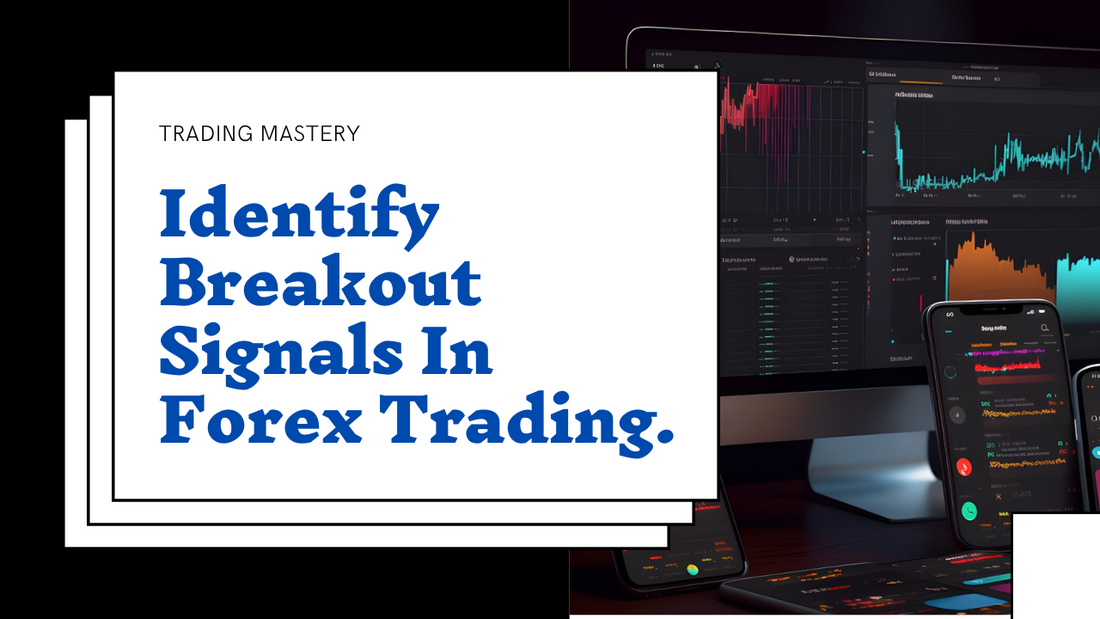
Identify Breakout Signals In Forex Trading
Share
Forex trading can be a complex and volatile market, but with the right strategies, traders can find opportunities for profit. One such strategy is identifying breakout signals, which can indicate a potential change in market direction and offer traders a chance to enter or exit a trade at an advantageous time. In this blog post, we will explore how to identify breakout signals in forex trading and discuss some key indicators to watch for.
What is a breakout signal?
A breakout signal occurs when the price of a currency pair breaks through a significant level of support or resistance. This breakout can indicate a shift in market sentiment and often leads to a strong price movement in the direction of the breakout. Traders who can identify these breakout signals early can take advantage of the ensuing price movement and potentially profit from it.
Key indicators for identifying breakout signals
There are several key indicators that traders can use to identify breakout signals in forex trading. These indicators can help confirm the validity of a breakout and provide additional insight into market conditions. Here are a few indicators to consider:
1. Bollinger Bands
Bollinger Bands are a popular technical indicator that can help identify potential breakouts. They consist of a moving average line and two standard deviation lines above and below the moving average. When the price breaks above the upper band or below the lower band, it can signal a potential breakout.
2. Moving Averages
Moving averages are another useful tool for identifying breakout signals. Traders often use a combination of short-term and long-term moving averages to identify potential breakouts. When the shorter-term moving average crosses above the longer-term moving average, it can indicate a bullish breakout. Conversely, when the shorter-term moving average crosses below the longer-term moving average, it can indicate a bearish breakout.
3. Volume
Volume can also provide valuable information when identifying breakout signals. An increase in trading volume during a breakout can indicate strong market participation and validate the breakout. Conversely, a lack of volume during a breakout may suggest a false breakout and caution traders to exercise restraint.
4. Support and Resistance Levels
Support and resistance levels are areas on a price chart where the price has historically had difficulty moving above or below. When the price breaks through a significant support or resistance level, it can indicate a breakout. Traders often use these levels as reference points to identify potential breakout signals.
Conclusion
Identifying breakout signals in forex trading can be a valuable skill for traders looking to capitalize on market opportunities. By using indicators such as Bollinger Bands, moving averages, volume, and support and resistance levels, traders can increase their chances of identifying potential breakouts and making profitable trades. However, it is important to remember that no indicator or strategy is foolproof, and traders should always exercise proper risk management and conduct thorough analysis before entering any trades.




1 comment
Muchas gracias. ?Como puedo iniciar sesion?